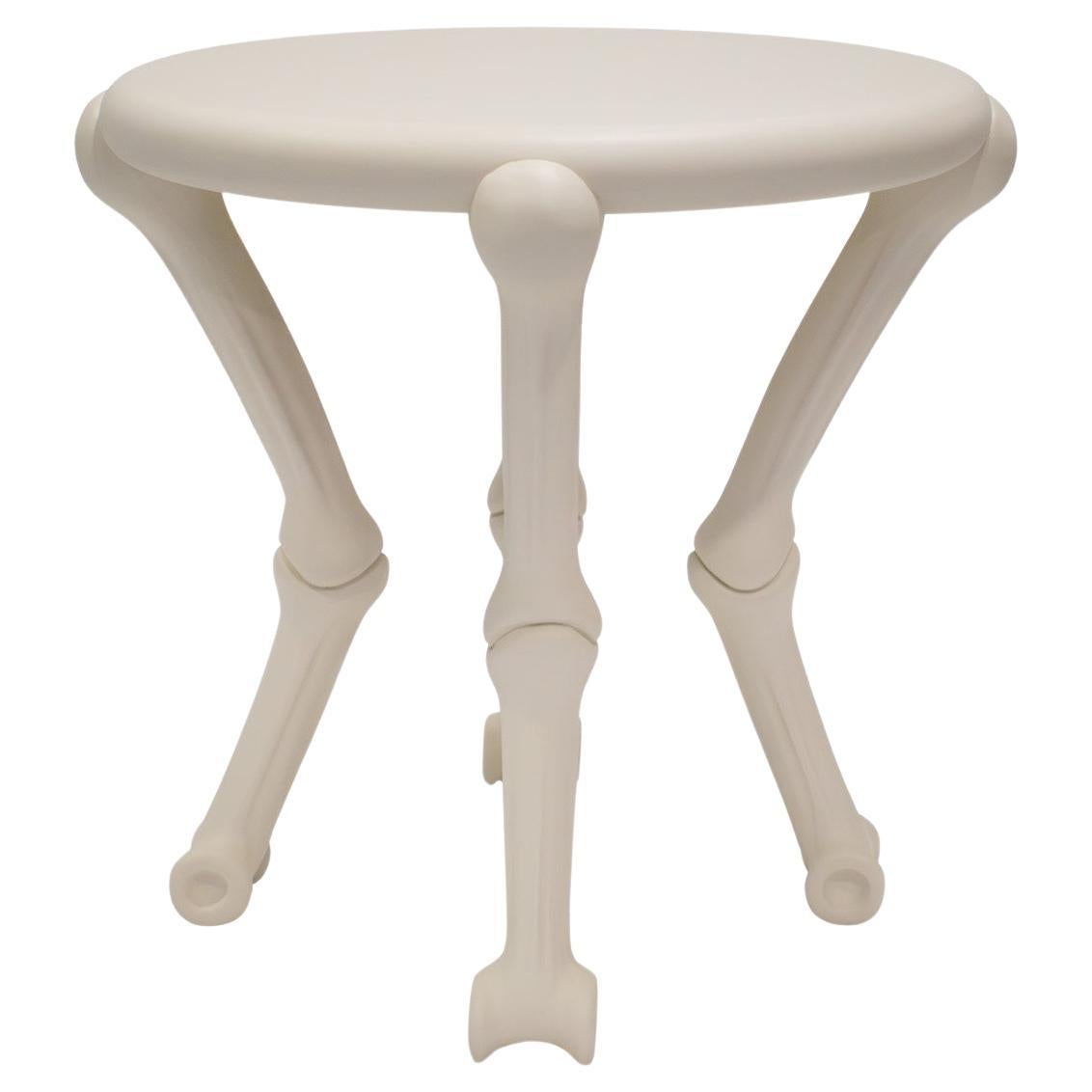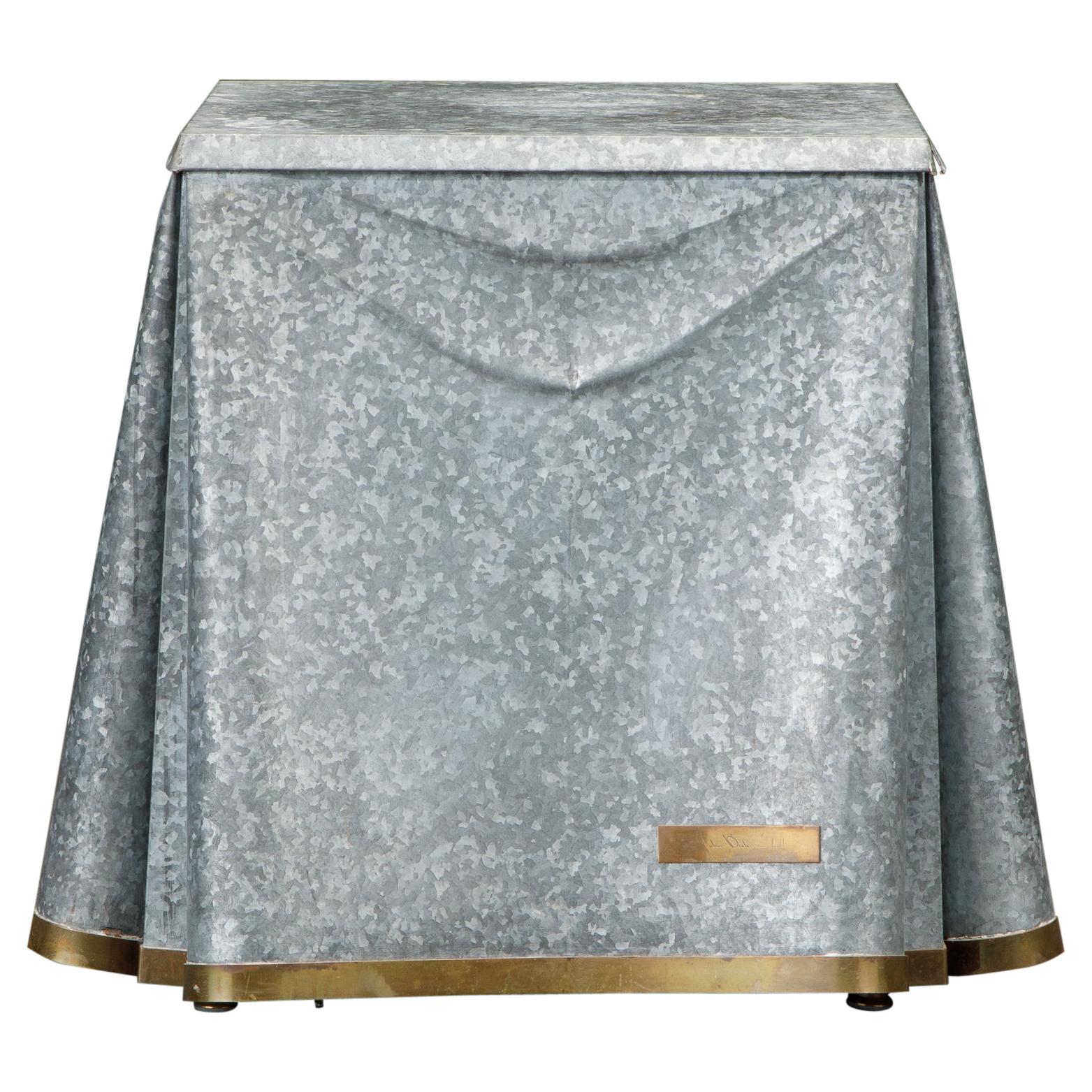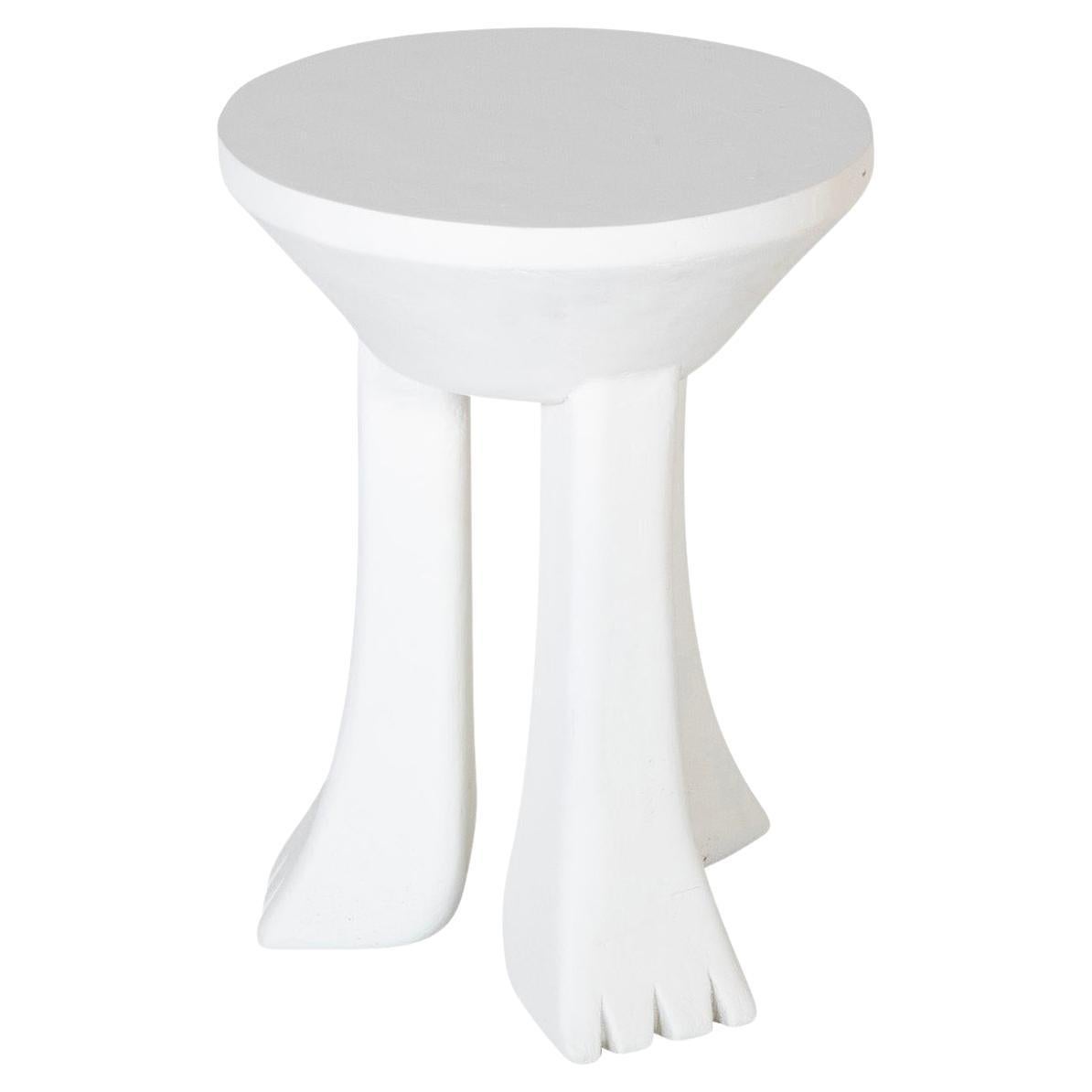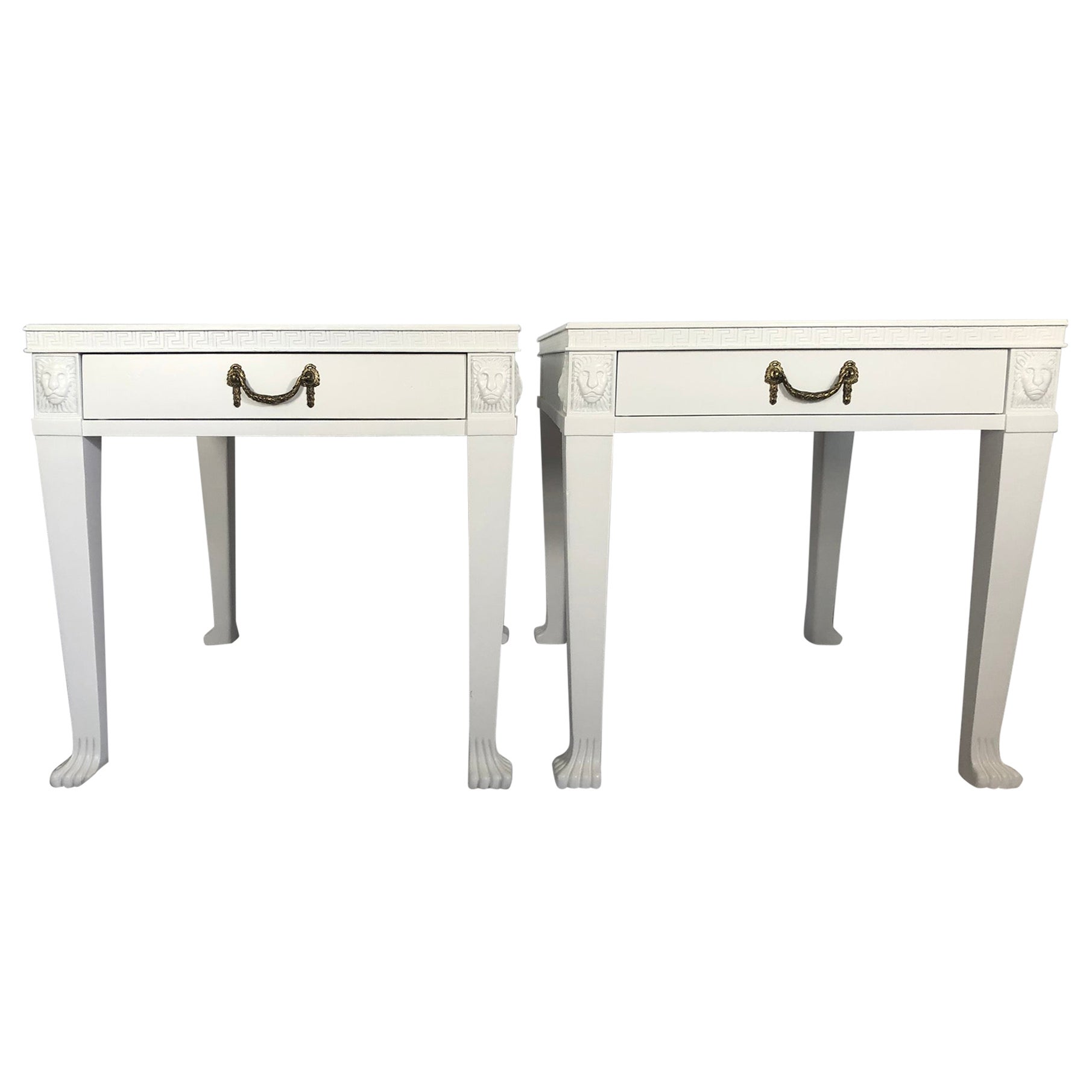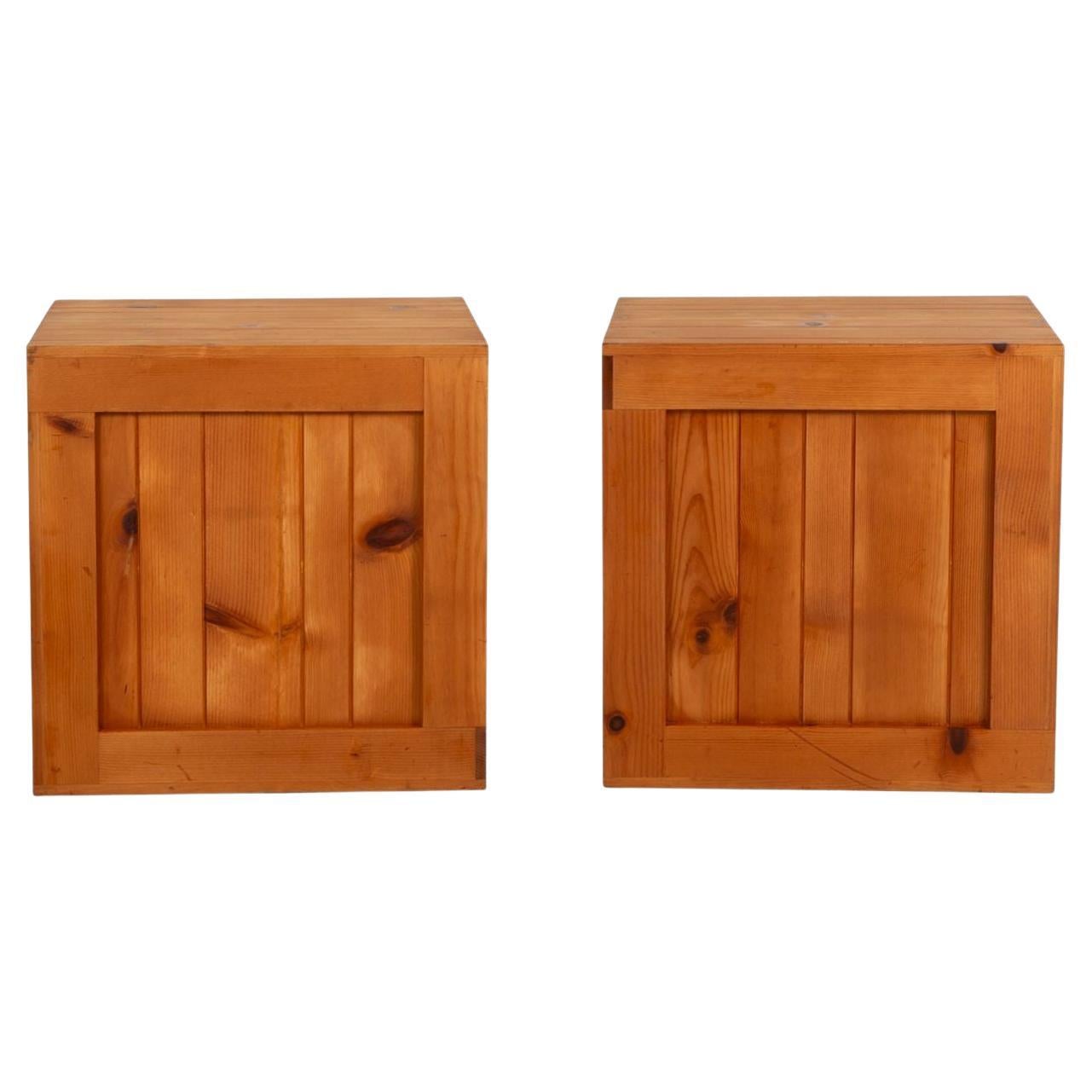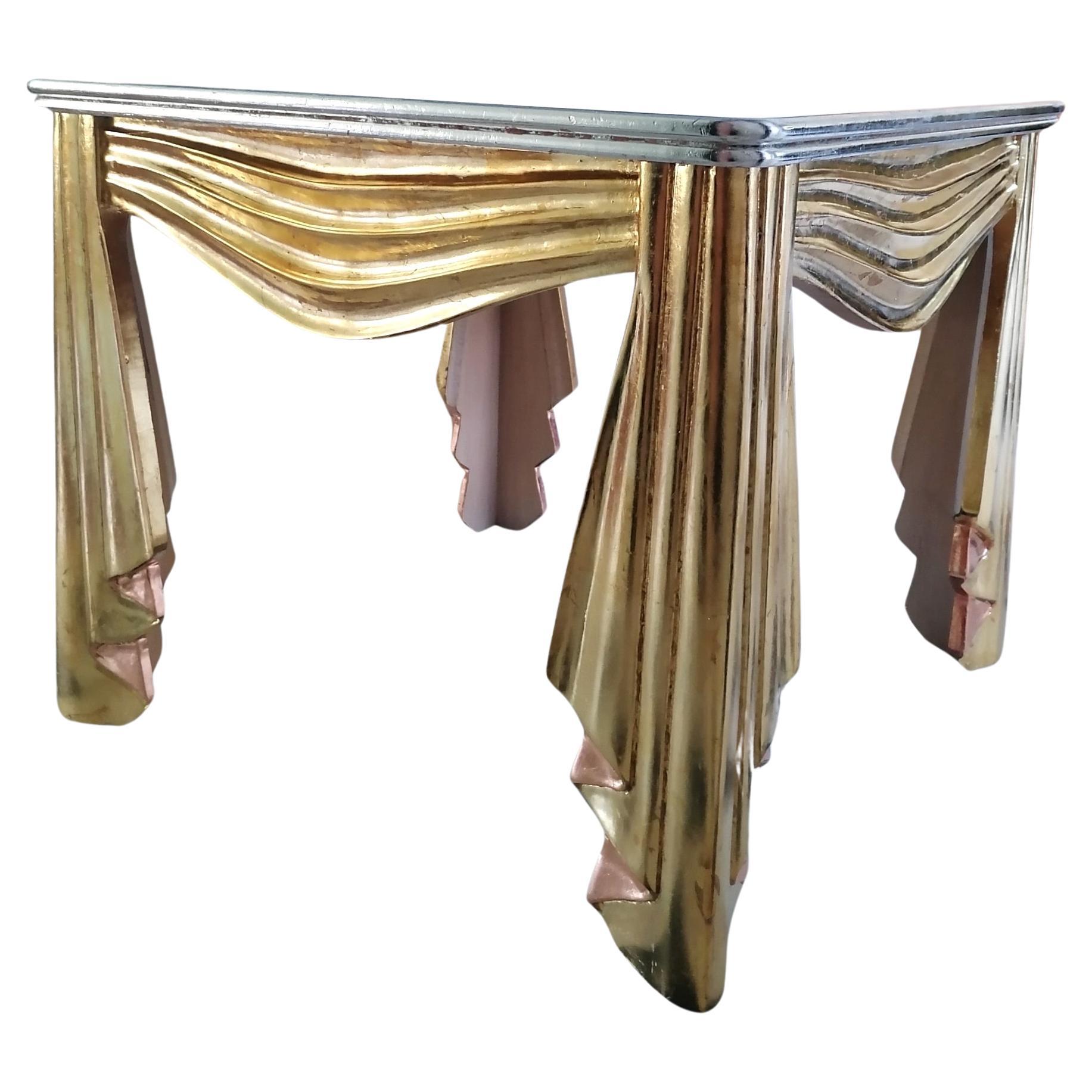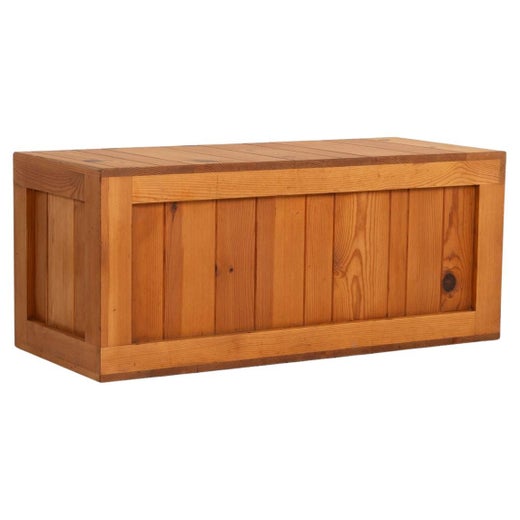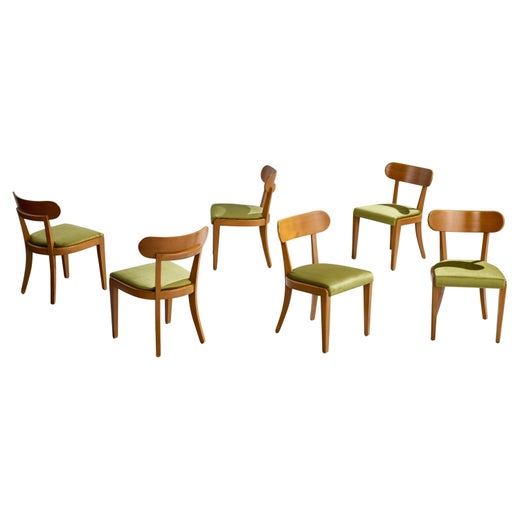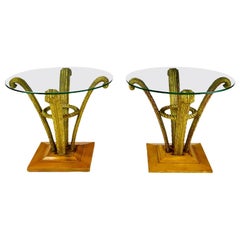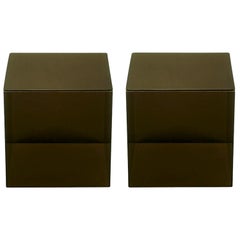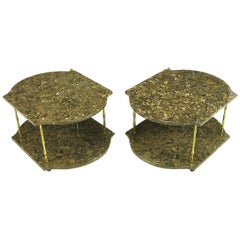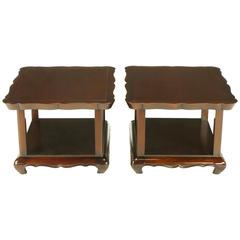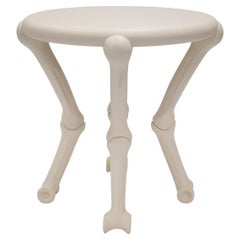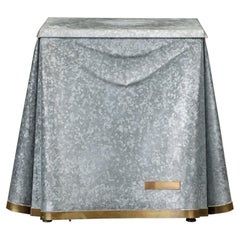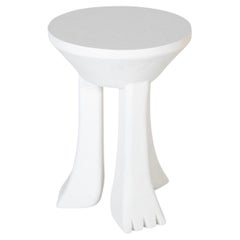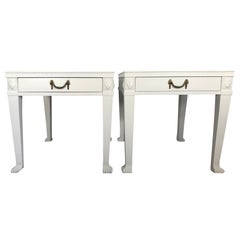Pair of Rare John Dickinson Stacked Books End Tables
About the Item
- Creator:John Dickinson (Designer),Drexel (Manufacturer)
- Dimensions:Height: 20.25 in (51.44 cm)Width: 35.38 in (89.87 cm)Depth: 25.38 in (64.47 cm)
- Sold As:Set of 2
- Style:Mid-Century Modern (Of the Period)
- Materials and Techniques:
- Place of Origin:
- Period:
- Date of Manufacture:circa 1960s
- Condition:Excellent restored condition. Minor age appropriate wear to faux leather tops.
- Seller Location:Chicago, IL
- Reference Number:1stDibs: LU84196304683
John Dickinson
Playful, sculptural, unexpected: Illustrious designer and decorator John Dickinson created interiors, lighting fixtures, seating and other furnishings that were wholly peculiar and unlike anything seen before. The Berkeley, California, native mined design movements of bygone eras for elements he would later integrate into what would become his signature anthropomorphic work.
Dickinson was inspired by Art Deco designers such as Jean-Michel Frank, who similarly drew on the past for his extravagant pieces, and found appeal in the claw-foot tables and seating that Georgian-era furniture makers produced.
Although Dickinson attended the Parsons School of Design in New York, he returned to the West Coast following graduation. He worked for decorating firms and furniture stores, and, in 1956, he set up his own practice in San Francisco, where he reinterpreted heritage in his sculptural lamps, stools and chairs with legs that terminate in hooves or resemble bones and tree branches.
Dickinson’s spare but sophisticated furniture is often associated with a “golden age” of San Francisco decorating that includes the work of designers Charles Pfister and Michael Taylor. Wider recognition over the years owes to collectors’ interest and exhibits such as “Fantasy and Function: The Furniture of John Dickinson,” which opened at the San Francisco Museum of Modern Art in 2003.
Despite his irreverent approach, Dickinson’s pieces were luxury items. He crafted lamps of unpolished brass and tables in chalky white plaster with a resin coating. His most iconic works are his Etruscan tables with legs resembling hooved animal feet and his Three-Legged African table, which was inspired by an artifact he discovered in an import shop. Dickinson took on only handpicked, young, well-to-do clients who were willing to give him free rein to experiment with these unusual forms and industrial materials. Leading department stores like Lord & Taylor, however, were also among his clientele. In 1977, Dickinson was commissioned to design a furniture collection for Macy’s. It featured white lacquered bookcases that drew on urban architecture and table lamps with bodies that mimicked animal bones.
Owing to his untimely death, and the fact that he worked in plaster, a highly breakable material, few of Dickinson’s original pieces exist to this day. Their scarcity renders every remaining Dickinson design a valuable heirloom guaranteed to make a statement in any room.
Find vintage John Dickinson furniture on 1stDibs.
Drexel
While vintage Drexel Furniture dining tables, dressers and other pieces remain highly desirable for enthusiasts of mid-century modern design, the manufacturer's story actually begins decades before its celebrated postwar-era Declaration line took shape.
In 1903, in the small town of Drexel in the foothills of North Carolina’s Blue Ridge Mountains, six partners came together to found a company that would become one of the country’s leading furniture producers. The first offerings from Drexel Furniture were simple: a bed, washstand and bureau all crafted from native oak wood, sold as a bedroom suite for $14.50.
One of Drexel’s early innovations was to employ staff designers, something the company initiated in the 1930s. This focus on design, which few other furniture companies were committing to at the time, allowed Drexel to respond to a variety of new and traditional tastes. This included making pieces inspired by historic European furniture, like the popular French Provincial–style Touraine bedroom and dining group that borrowed its curves from Louis XV-era furniture. Others replicated the ornate details of 18th-century chinoiserie or the embellishments of Queen Anne furniture. Always ready to adapt to new customer demands, during World War II, Drexel built a sturdy desk designed especially for General Douglas MacArthur.
In the postwar era, Drexel embraced the clean lines of mid-century modernism with the Declaration collection designed by Stewart MacDougall and Kipp Stewart that featured elegant credenzas and more made in walnut, and the Profile and Projection collections designed with sculptural shapes by John Van Koert. In the 1970s, Drexel introduced high-end furniture in a Mediterranean style.
Drexel changed hands and visions throughout the years. It was managed by one of the original partners — Samuel Huffman — until 1935, at which time his son Robert O. Huffman took over as president. It was then that the company began to expand, with several acquisitions of competitors in the 1950s, including Table Rock Furniture, the Heritage Furniture Co. and more.
With the manufacturer’s success — spurred by its embrace of advertising in home and garden magazines — it opened more factories in both North and South Carolina. By 1957, the company that had started with a factory of 50 workers had 2,300 employees and was selling its furniture nationwide.
Drexel underwent a series of name changes in its long history. Its acquisition of Southern Desk Company in 1960 bolstered its production of institutional furniture for dormitories, classrooms, churches and laboratories.
In the following decades, contracts with government agencies, hotels, schools and hospitals brought its high-quality furniture to a global audience. U.S. Plywood-Champion Papers bought Drexel Enterprises in 1968, and it became Drexel Heritage Furnishings.
In 2014, the last Drexel Heritage plant, in Morganton, North Carolina, closed its doors. The company rebranded as Drexel in 2017.
The vintage Drexel furniture for sale on 1stDibs includes end tables designed by Edward Wormley, walnut side tables designed by Kipp Stewart and lots more.
- ShippingRetrieving quote...Shipping from: Chicago, IL
- Return Policy
More From This Seller
View AllVintage 1940s American End Tables
Giltwood, Glass, Walnut
Vintage 1970s American End Tables
Lucite
Vintage 1950s Italian Hollywood Regency End Tables
Marble, Brass
Vintage 1960s American End Tables
Walnut
20th Century Canadian End Tables
Glass
Vintage 1960s American End Tables
Brass, Gold Leaf
You May Also Like
Vintage 1970s American Mid-Century Modern End Tables
Wood, Lacquer
Vintage 1970s American Modern End Tables
Brass, Steel
Vintage 1980s American Mid-Century Modern End Tables
Fiberglass, Plaster
Mid-20th Century Neoclassical Revival End Tables
Brass
Vintage 1970s American Modern End Tables
Pine
Late 20th Century American Hollywood Regency End Tables
Wood, Giltwood
